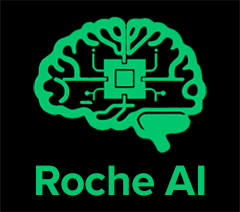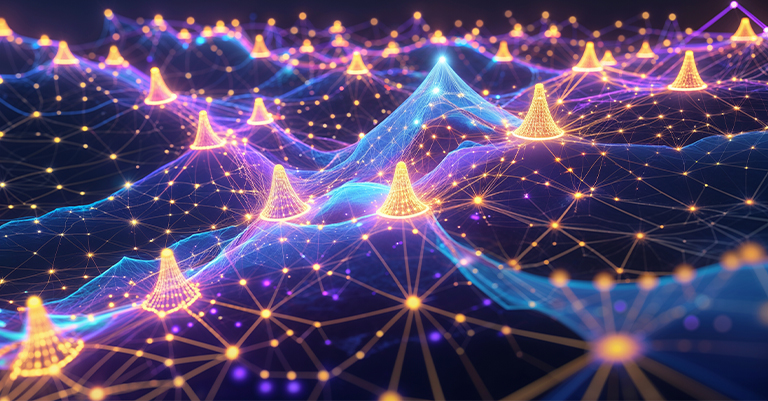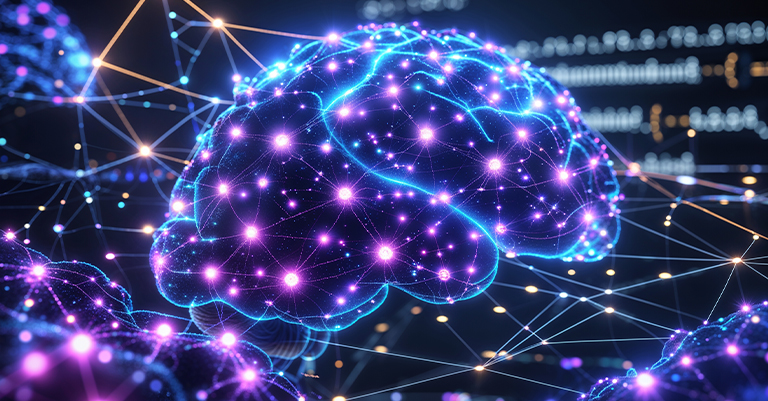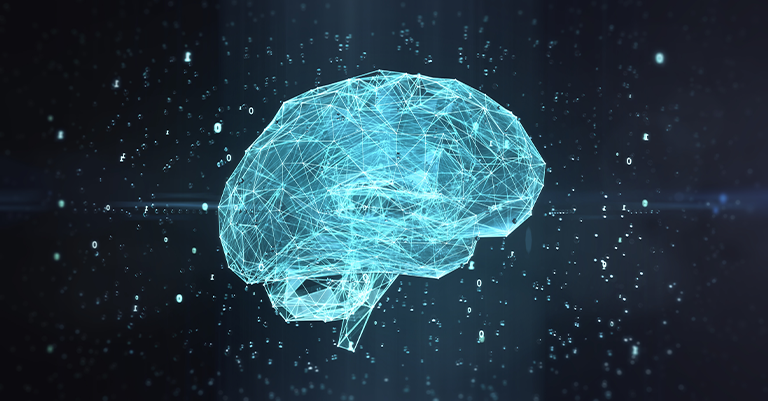How Deep Learning Algorithms Are Revolutionizing Artificial Intelligence
Artificial intelligence has evolved dramatically over the past decade, with deep learning algorithms leading this transformation. These sophisticated algorithms have pushed AI beyond simple automation into seemingly impossible realms. Today, deep learning powers everything from the voice assistants in our homes, like Alexa, to medical diagnostic tools that save lives. This post explores how these powerful algorithms work and the practical ways they’re changing our world.
I’m excited to share how deep learning algorithms are making AI more capable and accessible. You’ll learn about the core concepts, dive into real-world examples, and understand why these advancements matter—even if you’re not a technical expert.
Understanding Deep Learning Algorithms
What Sets Deep Learning Apart
Deep learning algorithms are a special type of machine learning that uses layers of neural networks to process data. Unlike older methods that require step-by-step programming, deep learning systems learn from examples and improve over time.
The neural network difference: Deep learning algorithms mimic how our brains work and use multiple processing layers. Think of each layer as a team of specialists analyzing different aspects of the data. The first layer might identify edges in an image, while deeper layers recognize more complex patterns like faces or objects.
This design creates an intelligent system that can:
- Find patterns in vast sets of messy data
- Make choices with limited human help
- Become more accurate as it gains experience
- Solve complex problems that regular programming can’t handle
How Deep Learning Algorithms Learn
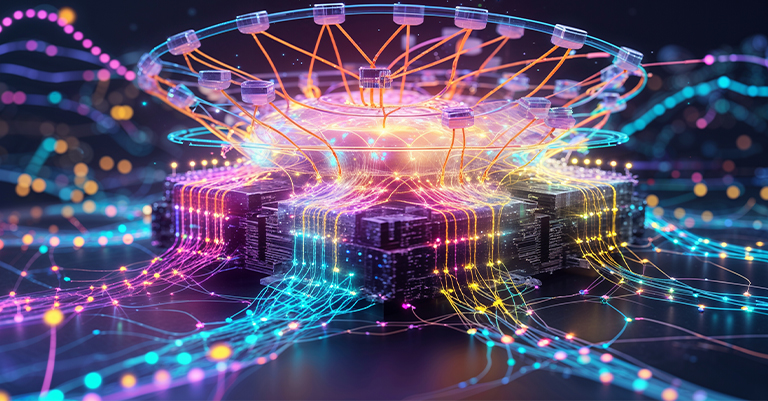
Deep learning gets its power from a process called training. It’s like teaching a child to spot different animals. You show them an array of cats and dogs until they can tell them apart.
Here’s a simplified breakdown of how it works:
- The algorithm receives data (like images or text)
- It processes this data through multiple neural network layers
- It produces an output (a prediction or classification)
- The algorithm then compares its output to the correct answer
- It adjusts its internal connections to improve future predictions
This process happens millions of times until the system is exceptionally accurate. The more examples it sees, the better it works.
Types of Deep Learning Algorithms
Different problems require different approaches. Let’s explore the main types of deep learning algorithms transforming AI today.
Convolutional Neural Networks (CNNs)
CNNs are great at image tasks. They scan pictures in parts—like how your eyes look at different areas of a photo. This method has changed:
- Medical imaging analysis
- Facial recognition systems
- Self-driving car vision
- Product quality control in manufacturing
Real-world example: When doctors use AI to help detect cancer in medical scans, they’re likely using CNNs that can spot subtle patterns human eyes might miss.
Recurrent Neural Networks (RNNs)
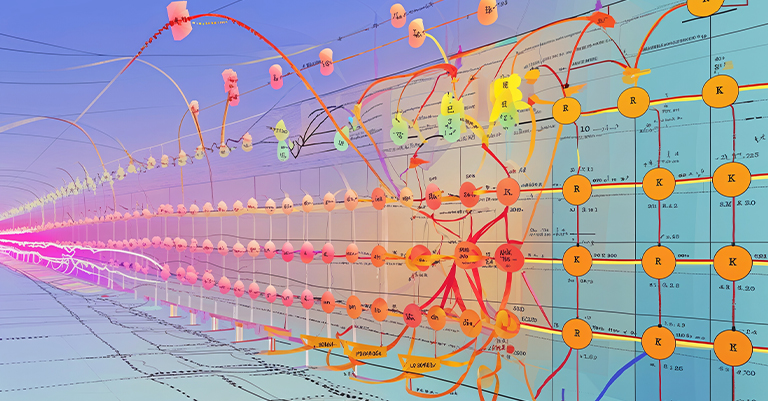
RNNs work best with ordered data, such as text, speech, or time data. Unlike basic neural networks, RNNs have a “memory” that helps them grasp the meaning of a sequence.
This capability powers:
- Language translation services
- Speech recognition systems
- Text prediction on your phone
- Stock market analysis tools
Real-world example: When you use a smart assistant like Alexa or Siri, RNNs help convert your speech to text and understand the meaning behind your words.
Transformers
Transformers are the newest wave in deep learning. They handle whole sequences at once instead of one piece at a time, which makes them extraordinarily strong for language tasks.
These algorithms drive:
- Advanced chatbots and virtual assistants
- Content generation systems
- Sophisticated language translation
- Document summarization tools
Real-world example: The technology behind ChatGPT uses transformer architecture to generate human-like text responses to your questions.
Real-World Applications
Deep learning algorithms aren’t just theoretical concepts; they solve real problems today. Let’s examine how they’re making a difference across industries.
Healthcare Breakthroughs
In healthcare, deep learning systems study medical images with incredible accuracy. They can find diseases earlier and better than old methods. A few practical applications include:
- Diagnostic imaging: AI systems can spot early signs of cancer, diabetic retinopathy, and heart disease in scans
- Drug discovery: Deep learning speeds up the development of new medications by predicting how chemical compounds will behave
- Personalized treatment: Algorithms analyze patient data to recommend customized treatment plans
These applications don’t replace doctors but give them powerful tools to make better decisions. For patients, this means faster diagnoses and more effective treatments.
Transforming Transportation
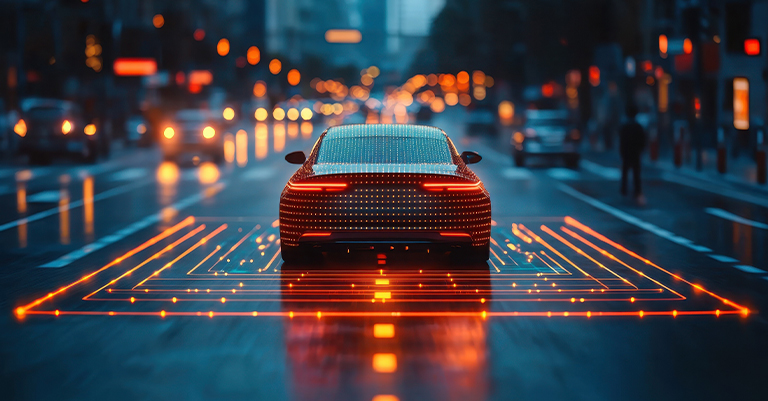
Self-driving vehicles rely heavily on deep learning algorithms to perceive and navigate the world around them. They’re especially effective with:
- Object detection: Cars can identify pedestrians, other vehicles, and obstacles in real-time
- Path planning: AI determines the safest and most efficient route
- Predictive maintenance: Algorithms analyze vehicle data to prevent breakdowns before they happen
Even if you don’t own a self-driving car, these technologies are making your commute safer through advanced driver assistance systems in modern vehicles.
Enhancing Business Operations
Companies use deep learning algorithms to work smarter and serve customers better in a few areas, including:
- Customer service chatbots: AI assistants handle routine inquiries, freeing human agents for complex issues
- Inventory management: Deep learning predicts product demand to optimize stock levels
- Fraud detection: Banks use AI to spot suspicious transactions with greater accuracy
- Personalized recommendations: Online retailers analyze your behavior to suggest products you’ll love
These applications save businesses money while improving your experience as a customer.
Challenges and Limitations
Even with all their power, deep learning systems have big problems we must solve.
The Data Dilemma
Deep learning systems need huge amounts of good data to work well. This causes several issues:
- Data hunger: Small businesses may lack sufficient data to train effective models
- Privacy concerns: Using personal data raises ethical questions about consent and security
- Bias potential: If training data contains historical biases, the algorithm will reproduce these biases
We’re seeing progress with techniques that require less data, but this remains a significant limitation.
The Black Box Problem
Many deep learning systems work like “black boxes” – we see what goes in and comes out but don’t know what happens on the inside. This mystery causes problems for:
- Critical applications: Healthcare and legal decisions need clear reasoning
- Debugging: Engineers struggle to fix what they don’t understand
- Trust: Users hesitate to rely on systems they can’t explain
Research into “explainable AI” aims to make deep learning algorithms more transparent without sacrificing performance.
Future Trends
The field of deep learning continues to evolve rapidly. Here are key trends to watch:
Self-Supervised Learning
Normal deep learning needs labeled data (examples with right answers). Self-supervised learning uses fewer labels by letting systems teach themselves. This makes AI easier to use and more flexible.
Edge Computing
Rather than sending data to cloud servers, many deep learning applications now run directly on devices like phones and cameras. This edge deployment offers:
- Faster responses: No need to wait for internet connectivity
- Greater privacy: Your data stays on your device
- Lower power usage: Specialized hardware runs AI efficiently
Multimodal Learning
New deep learning systems can simultaneously handle many data types—text, pictures, sound, and more. This skill lets them understand the world more like humans do.
Real-world example: Modern AI assistants can analyze your words and tone of voice to provide more appropriate responses.
Closing Thoughts
Deep learning has changed AI from a good idea into real tech we use daily. From the phones in our pockets to the medical tools saving lives, these systems make AI better, easier to use, and more helpful than ever.
As we’ve seen, these tools work in almost every field—health, travel, business, fun, and more. While problems still exist, new research keeps fixing issues and finding new uses.
Understanding these technologies helps you, as a consumer, citizen, or professional, make informed decisions about how AI fits into your life and work. The deep learning revolution is just beginning, and its potential to solve meaningful problems grows with each advancement.
What aspects of deep learning algorithms interest you most? Are there applications you’re excited to see develop? Share your thoughts in the comments below!

